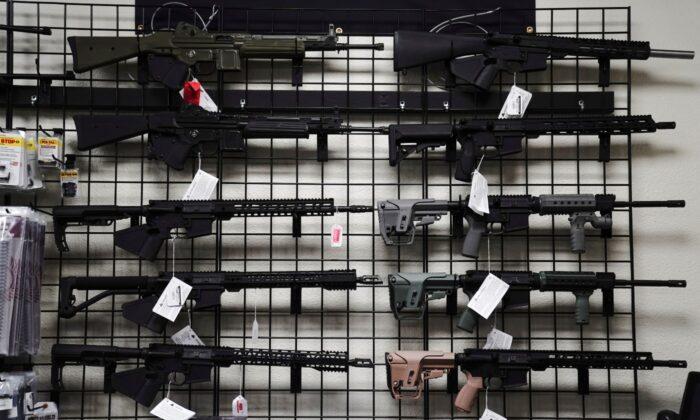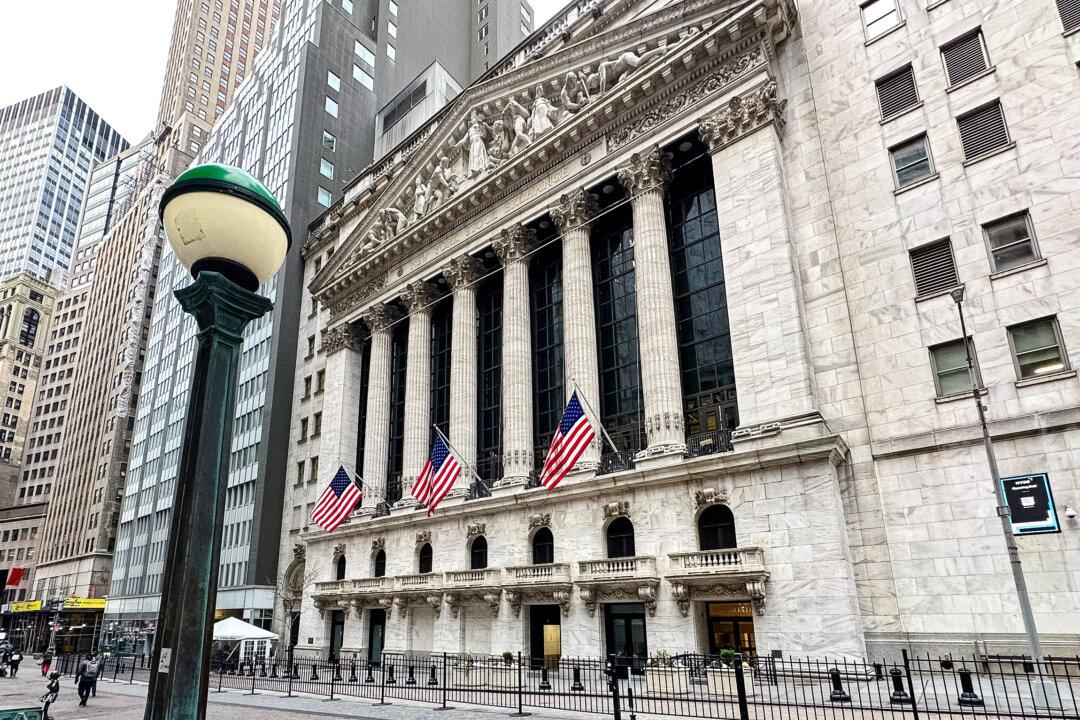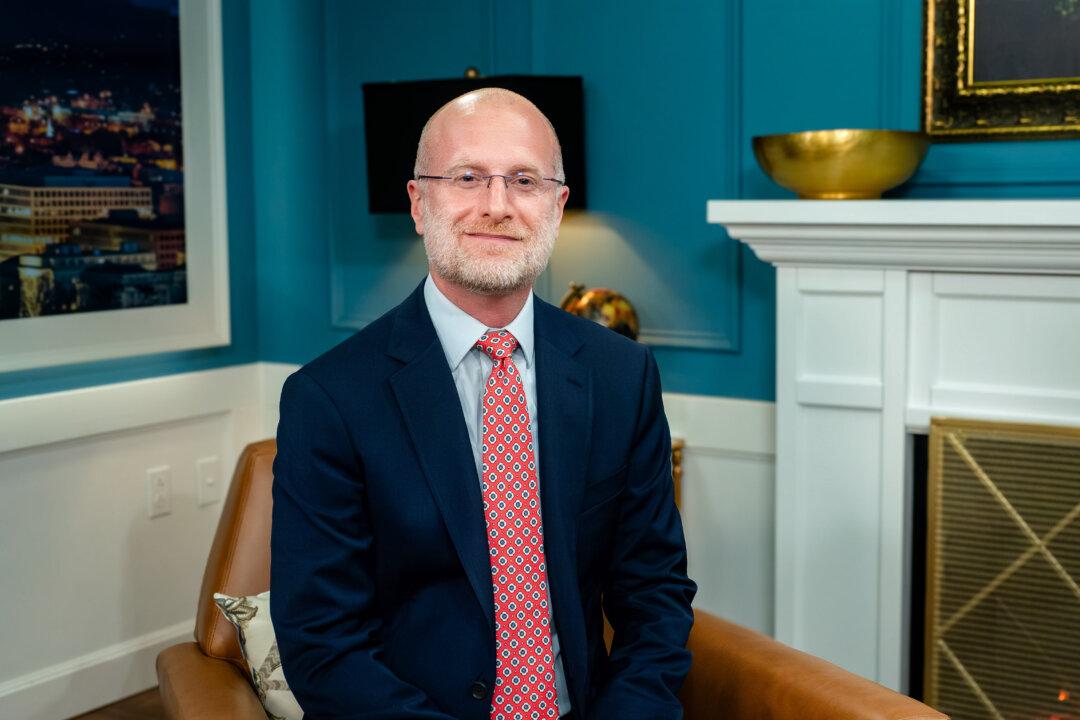United States Attorney’s Office for the Southern District of New York announced on Wednesday an indictment against nine individuals for various offenses related to firearms trafficking from Georgia to New York City.
The accusation was possible by the close cooperation of federal, state, and local law enforcement institutions participating in a cross-jurisdictional strike force, according to officials.
“Today’s arrest shut down the alleged gun pipeline of these nine defendants,” Strauss said.
He “pretended that he was buying guns for himself when he was in fact, illegally buying them for the New York defendants,“ Strauss explained.
The guns which Wilson purchased, were illegally transported to New York by other defendants by bus and rental car, where they were resold, she continued.
Strauss alleged that “some of these guns ended up in the hands of violent criminals, including one handgun that law enforcement recovered after it was fired at NYPD officers.”
Some of the trafficked guns were allegedly transferred to members of the Brooklyn-based “Blixky Gang”—a group composed primarily of aspiring rappers—and appeared in music videos filmed by members of the group, according to the statement.
“The charges in the indictment are merely accusations and the defendants are presumed innocent unless and until proven guilty,” the statement read.
“A case like this is only made possible by the close coordination with our law enforcement partners,” state and federal partners, NYPD (New York City Police Department) and ATF (Bureau of Alcohol, Tobacco, Firearms, and Explosives) forming a joint firearms task force, Strauss said.
“These strike forces are aimed at disrupting entire trafficking networks from the places where the crime guns originate through the communities that they travel to the places where they’re used to commit violent crimes. One of these strike forces is led by both U.S. attorneys here in New York,” said Monaco.
“These strike forces leverage the power of the collaboration across jurisdictions, ensuring that prosecutors and law enforcement agents along known trafficking corridors are working together to target and to dismantle the firearms trafficking schemes,” she added.
Monaco announced that a new ATF Crime Gun Intelligence Center (CGIQ) has been established as a powerful partnership between federal and state and local law enforcement partners with a goal to provide real-time gun intelligence, ballistics analysis, tracing information to identify shooters, as well as the traffickers who supplied their weapons so they can be brought to justice.
John DeVito, special agent-in-charge of ATF, said that this arrest owed to the intelligence lead generated by the New York CGIG which was followed by a comprehensive investigation done by the joint firearms task force.
ATF’s duty is to determine how guns from the legal marketplace end up on the criminal marketplace, DeVito said.
ATF has proprietary tools “to trace the firearm to the original purchaser and see how it actually ended up on the streets,” he said.
“The national tracing system tells you how the firearm was born, and how it died. The original purchaser was recovered on the street by law enforcement.”






Friends Read Free